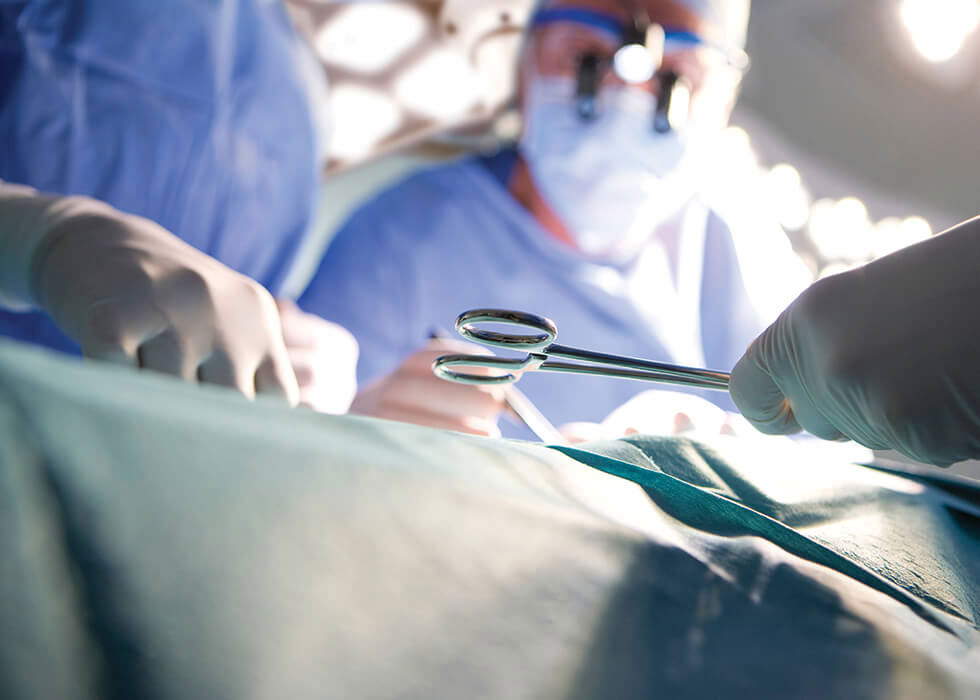Mohs Surgery
Mohs micrographic surgery has the highest cure rate for basal cell and squamous cell carcinoma & is considered the gold standard of care for skin cancer that requires tissue-sparing surgery.
Procedure
The goal of Mohs surgery is to remove the entire cancerous area. To ensure all cancer is removed, Mohs surgery is performed in stages.
- The Mohs surgeon anesthetizes the area and surgically removes the visible tumor.
- The skin specimen is divided into sections and mapped to the surgical site.
- After the lab processes the tissue, the Mohs surgeon microscopically examines its entire undersurface and edges.
- If cancer cells remain, the affected tissue will be precisely removed from the surgical site. Multiple stages may be required to remove the cancer roots completely.
- When there is no evidence of residual cancer, the Mohs surgeon will discuss options for reconstruction of the surgical defect.

Post-Surgery
- To minimize discomfort, taking acetaminophen every four hours is recommended.
- Avoid aspirin-containing medications or NSAID.
- Rarely does significant bleeding occur following surgery, however if it should happen, apply firm, continuous pressure for 20 minutes.
- Swelling is common following surgery.
- If wounds become infected, an oral antibiotic will be necessary.

Meet our Mohs Providers
- Brian J. Williams, MD, FAAD Greenwood
- Katherine Hrynewycz, MD, FAAD Greenwood
- Perry B Hooper, MD, FAAD Carmel
